Weak current engineering optical fiber transmission knowledge
Foreword:
In the weak electricity industry, the application of fiber optics involves various fields. The knowledge of fiber transmission is something we must know. Today's article contains the fiber knowledge we often use. Very helpful for some newbies!
text:
Advantages of fiber optic communication
● Large communication capacity
●Long relay distance
●Not subject to electromagnetic interference
● Rich in resources
●The fiber is light in weight and small in size
A brief history of optical communication development
More than 2,000 years ago, beacon tower - light, semaphore
In 1880, optical telephone - wireless optical communication
1970, fiber optic communication
● In 1966, Dr. Gao Wei, the father of optical fiber, first proposed the idea of optical fiber communication.
●In 1970, the Yan Research Institute of Bell Research, a semiconductor laser that can work continuously at room temperature.
● In 1970, Corning's Kapron made a loss of 20dB/km fiber.
● The first 45Mb/s commercial line in Chicago in 1977.
Electromagnetic spectrum
Since the speed of light propagation in different materials is different, when light is emitted from one substance to another, refraction and reflection occur at the interface between the two substances. Moreover, the angle of the refracted light varies with the angle of the incident light. When the angle of incident light reaches or exceeds an angle, the refracted light will disappear and the incident light will be reflected back. This is the total reflection of light. Different materials have different angles of refraction for the same wavelength of light (ie different materials have different refractive indices of light), and the same material has different angles of refraction for different wavelengths of light. Optical fiber communication is based on the above principles.
Reflectance Distribution: An important parameter for characterizing an optical material is the refractive index, denoted by N. The ratio of the speed of light C in vacuum to the speed of light V in the material is the refractive index of the material.
Fiber bare fiber is generally divided into three layers:
The first layer: a central high refractive index glass core (core diameter is generally 9-10 μm, (single mode) 50 or 62.5 (multimode).
The second layer: the middle is a low refractive index silica glass cladding (typically 125 μm in diameter).
The third layer: the outermost is a resin coating for reinforcement.
1) Core core: high refractive index, used to transmit light;
2) cladding coating: a lower refractive index, together with the core to form a total reflection condition;
3) Protective sleeve jacket: It has high strength and can withstand large impact and protect the optical fiber.
3mm cable: orange, MM, multimode; yellow, SM, single mode
The outer diameter is generally 125um (one hair averages 100um)
Inner diameter: single mode 9um; multimode 50/62.5um
According to the transmission mode of light in the optical fiber, it can be divided into:
Multi-Mode (abbreviation: MM); Single-Mode (SM)
Multimode fiber: The center glass core is thicker (50 or 62.5 μm) and can transmit multiple modes of light. However, the dispersion between the modes is large, which limits the frequency at which digital signals are transmitted, and is more severe as the distance increases. For example, a 600MB/KM fiber has a bandwidth of only 300MB at 2KM. Therefore, the distance traveled by multimode fiber is relatively close, usually only a few kilometers.
Single mode fiber: The center glass core is thin (the core diameter is generally 9 or 10 μm) and can only transmit one mode of light. In fact, it is a kind of step-type fiber, but the core diameter is small. In theory, only the direct light of a single propagation path is allowed to be incident into the fiber, and it is linearly propagated in the core. The fiber pulse is barely broadened. Therefore, the inter-mode dispersion is small, suitable for remote communication, but its chromatic dispersion plays a major role, so that single-mode fiber has high requirements on the spectral width and stability of the light source, that is, the spectral width is narrow and the stability is good.
Classified by material:
Glass fiber: the core and the cladding are both glass, the loss is small, the transmission distance is long, and the cost is high;
Plastic sleeve silicon fiber: the core is glass, the cladding is plastic, the characteristics are similar to those of glass fiber, and the cost is low;
Plastic optical fiber: The core and the cladding are both plastic, the loss is large, the transmission distance is short, and the price is very low. Mostly used for home appliances, audio, and short-range image transmission.
According to the optimal transmission frequency window: conventional single mode fiber and dispersion shifted single mode fiber.
Conventional: The fiber production family optimizes the fiber transmission frequency to a single wavelength of light, such as 1300 nm.
Dispersion-displacement type: The fiber-optic production family optimizes the fiber transmission frequency to two wavelengths of light, such as 1300 nm and 1550 nm.
Mutant: The refractive index of the fiber core to the glass cladding is abrupt. The cost is low and the dispersion between the modes is high. Suitable for short-distance low-speed communication, such as: industrial control. However, single-mode fibers use a mutant type because of the small dispersion between modes.
Gradient fiber: The refractive index of the fiber core to the glass cladding is gradually reduced, which can make the high mode light propagate in a sinusoidal form. This can reduce the dispersion between modes, increase the fiber bandwidth, increase the transmission distance, but the cost is higher. Most of the mode fibers are graded fibers.
Fiber size:
1) Single mode core diameter: 9/125μm, 10/125μm
2) Cladding outer diameter (2D) = 125μm
3) One coat outer diameter = 250μm
4) Pigtail: 300μm
5) Multimode: 50/125μm, European standard; 62.5/125μm, American standard
6) Industrial, medical and low-speed networks: 100/140μm, 200/230μm
7) Plastic: 98/1000μm for car control
The main factors causing fiber attenuation are: intrinsic, bending, extrusion, impurities, unevenness and docking.
Intrinsic: is the inherent loss of fiber, including: Rayleigh scattering, inherent absorption.
Bending: When the fiber is bent, the light in some of the fibers will be lost due to scattering, resulting in loss.
Extrusion: Loss caused by tiny bends in the fiber when it is squeezed.
Impurities: Impurities in the fiber that absorb and scatter light propagating in the fiber.
Unevenness: loss due to uneven refractive index of the fiber material.
Docking: Loss caused when the fiber is docked, such as: different axes (single mode fiber coaxiality requirement is less than 0.8μm), the end face is not perpendicular to the axis, the end face is not flat, the butt diameter is not matched, and the welding quality is poor.
1) According to the laying method: self-supporting overhead optical cable, pipeline optical cable, armored buried optical cable and submarine optical cable.
2) According to the optical cable structure: bundle tube type optical cable, layer twisted optical cable, tightly held optical cable, ribbon optical cable, non-metallic optical cable and branchable optical cable.
3) According to the purpose: long-distance communication optical cable, short-distance outdoor optical cable, hybrid optical cable and optical cable used in buildings.
Cable connection and end
The connection and end of the cable is the basic skill that the cable line maintenance personnel must master.
- Last article: No more;
- Next article: What is weak current system integration? What systems are mainly included?


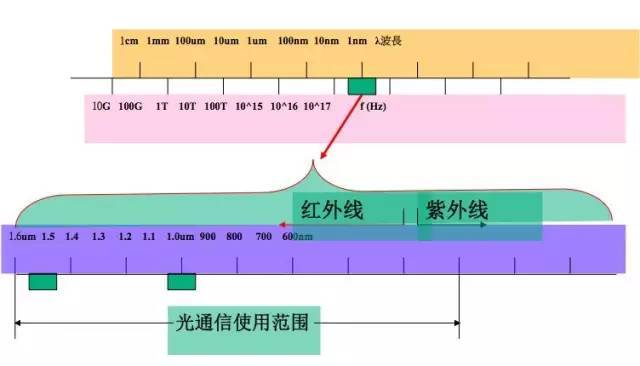
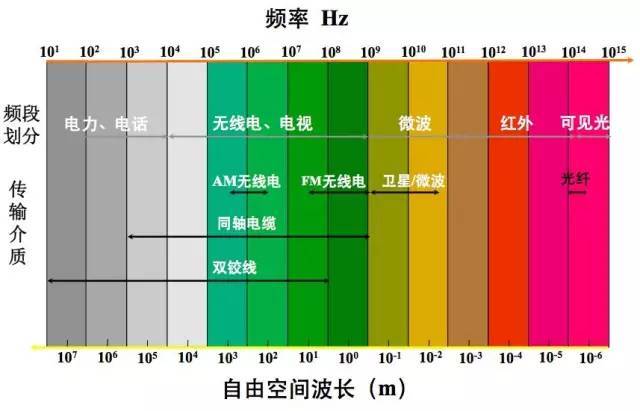

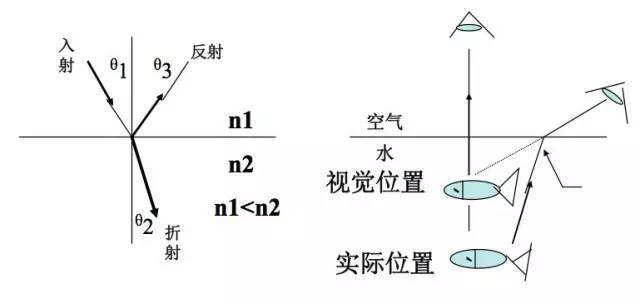
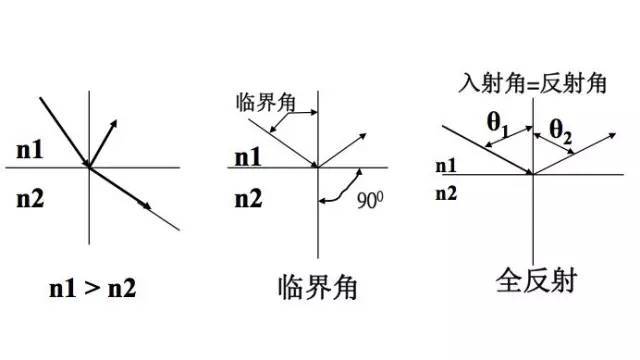
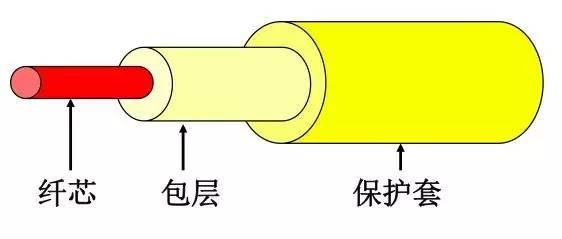
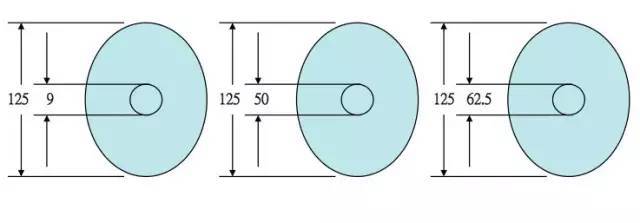




 Add: 128 Jingang Road, Yangzhou Development Zone
Add: 128 Jingang Road, Yangzhou Development Zone Tel: 0514-87520309
Tel: 0514-87520309 Fax: 0514-87520303
Fax: 0514-87520303 E-mail: lutao@yzsaige.com
E-mail: lutao@yzsaige.com